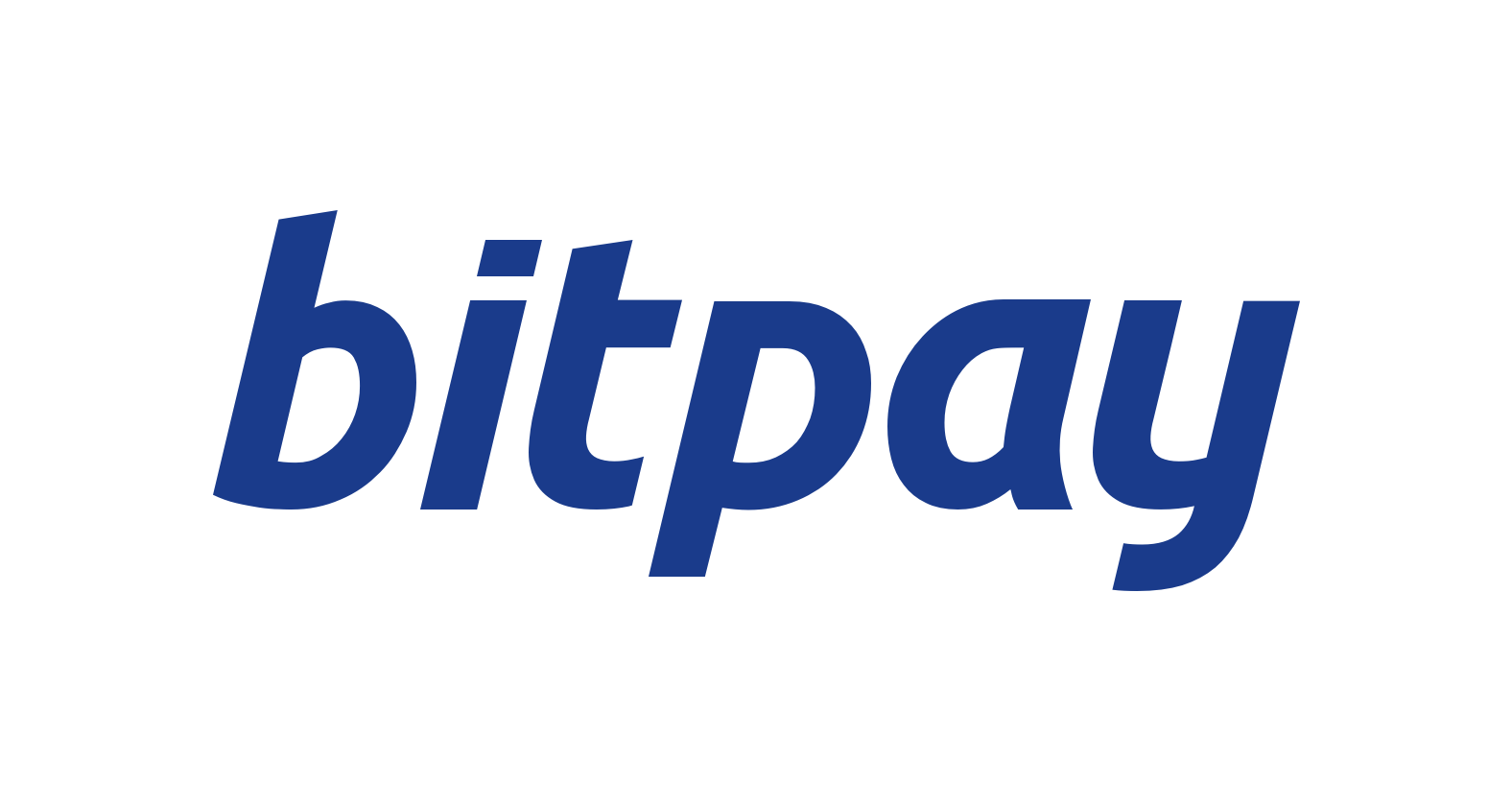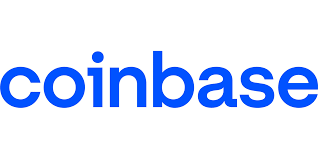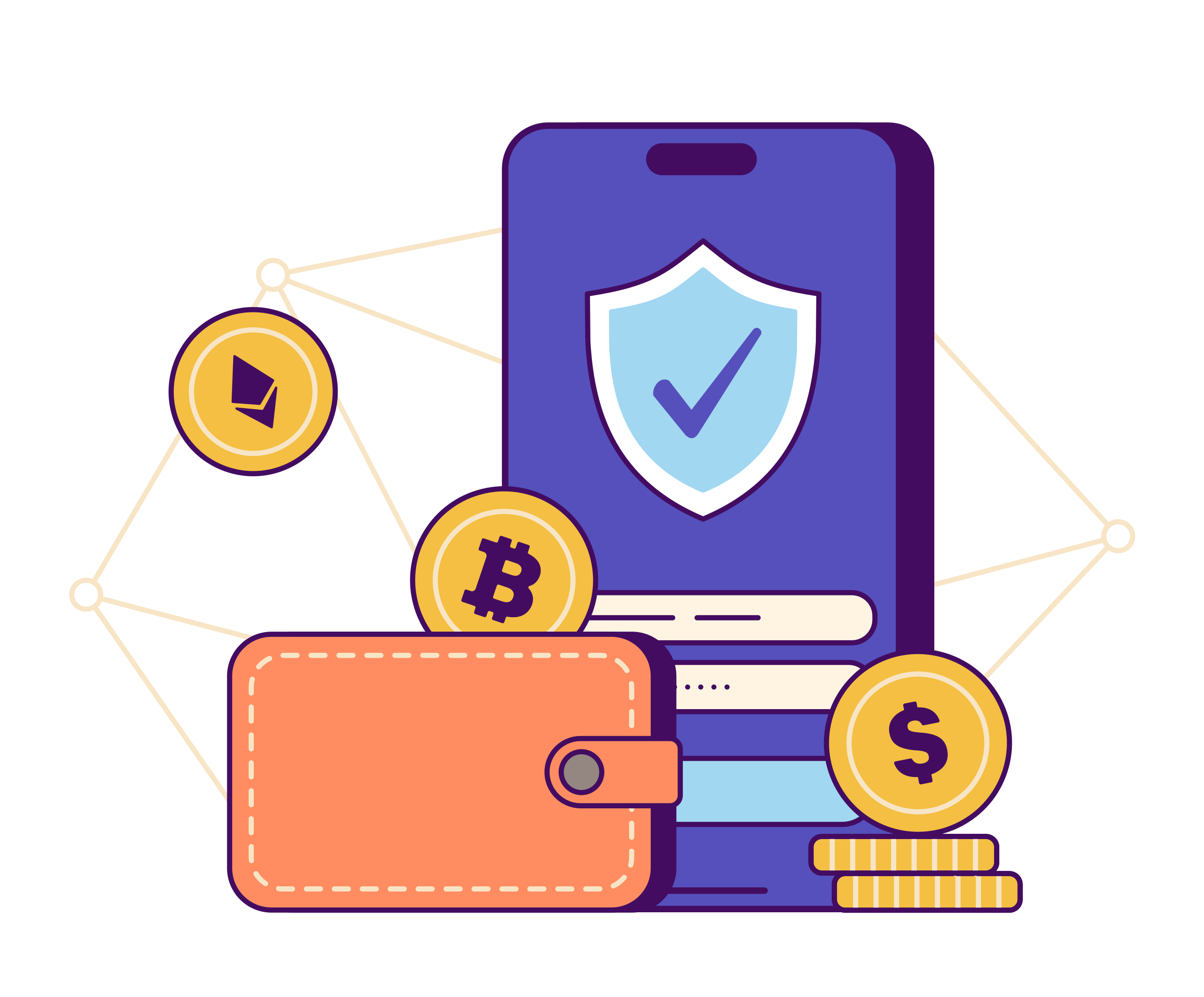The e-commerce landscape is rapidly evolving, and cryptocurrency payments are no longer just for tech enthusiasts. With over $1 trillion in monthly stablecoin transaction volume globally and Shopify’s recent integration of USDC payments through Stripe, the ability to accept crypto payments has become a practical reality for many Shopify merchants.
Traditional payment methods often burden small businesses with high transaction fees, lengthy settlement times, and geographic restrictions. In contrast, Shopify crypto payments offer a compelling alternative, enabling Shopify merchants to reduce costs, expand their global reach, and attract the growing population of crypto-savvy customers to their online store. This shift is especially valuable for merchants entering new markets or looking to avoid pitfalls explored in why ecommerce businesses fail.
In this comprehensive guide, you’ll discover how to set up and accept cryptocurrency payments on your Shopify store, compare the leading payment providers, understand the technical requirements, and maximize the benefits for your business. Whether you’re looking to accept bitcoin, stablecoins, or various altcoins, this guide provides everything you need.
What Are Shopify Crypto Payments?

Shopify crypto payments allow merchants to directly accept cryptocurrency payments within their online store. These online payments leverage blockchain technology to facilitate transactions, enabling seamless, secure transfers. Merchants don’t need extensive coding experience; these payment gateways integrate alongside traditional payment methods like Shopify Payments, PayPal, and credit cards, maintaining current workflows while expanding payment options.
Modern crypto payment providers support an extensive range of digital currencies. While Bitcoin and Ethereum remain the most popular payment options, merchants can now accept payments in over 1,800 different cryptocurrencies through various platforms. Popular choices include:
- Bitcoin payments (BTC)
- Ethereum (ETH)
- Litecoin (LTC)
- Stablecoins (USDC, USDT)
- Thousands of altcoins
Customers use popular digital wallets such as MetaMask, Coinbase Wallet, and hardware wallets to complete transactions.
Integrating Crypto Payments in Your Shopify Store

Integrating crypto into your Shopify store involves these steps:
- Choose a Cryptocurrency Payment Gateway: CoinPayments, BitPay, Coinbase Commerce, NOWPayments, or BTCPay Server.
- Install App: Find and install via the Shopify App Store.
- Create and Verify Your Merchant Account: Complete KYC verification, provide business documentation, and banking details.
- Configure API Integrations: Enter provided API keys, webhook URLs, and set supported currencies.
- Sandbox Testing: Simulate transactions to ensure seamless checkout experience when customers pay.
These steps mirror other e-commerce workflows like managing service level agreements (SLA) or setting up courier service integrations.
Instant Settlement and Volatility Protection

Modern crypto payment solutions address the primary concern merchants have historically had: price volatility. Advanced platforms offer automatic conversion features that instantly convert received cryptocurrency to stable fiat currencies at current market rates. This means merchants can enjoy the benefits of crypto payments while maintaining predictable revenue streams.
Settlement times are significantly faster than traditional international transfers. While bank wires can take days to process, crypto payments typically settle within minutes, improving cash flow for businesses of all sizes.
Top Shopify Crypto Payment Providers in 2024

Selecting the right cryptocurrency payment gateway is crucial for your Shopify store’s success. Each provider offers different features, fee structures, and supported currencies. Here’s a comprehensive comparison of the leading platforms:
CoinPayments: Maximum Cryptocurrency Support

CoinPayments stands out for its extensive cryptocurrency support, accepting over 2,000 different digital currencies. This makes it ideal for merchants targeting diverse crypto communities or those wanting to accept niche altcoins.
Key Features:
- Supports 2,000+ cryptocurrencies
- 1% transaction fee structure
- Additional conversion and withdrawal fees apply
- Robust fraud protection and AML compliance
- Easy Shopify integration through their official app
Best For: Merchants who want to accept payments flexibly, in multiple cryptocurrencies and don’t mind slightly higher fees for comprehensive coverage.
BitPay: Enterprise-Grade Security

BitPay focuses on well-established cryptocurrencies and offers enterprise-level security features. Their platform supports Bitcoin payments, Bitcoin Cash, Ethereum, and select stablecoins with strong emphasis on compliance and risk management.
Key Features:
- Supports major cryptocurrencies and stablecoins
- 1% transaction fee on most payments
- Advanced AML/KYC screening processes
- Enterprise security protocols
- Dedicated customer support for high-volume merchants
Best For: Established businesses that prioritize security and compliance over extensive cryptocurrency variety.
Coinbase Commerce: Seamless Shopify Integration

Coinbase Commerce benefits from native integration with Shopify’s new USDC payment system. This connection provides the smoothest possible experience for both merchants and customers.
Key Features:
- Native USDC support through Shopify Payments
- 1% transaction fee plus network costs
- Direct withdrawal to Coinbase accounts
- Simplified tax reporting and accounting
- Support for major cryptocurrencies
Best For: Merchants already using Coinbase services or those prioritizing ease of use and reliable infrastructure.
NOWPayments: Cost-Effective Solution

NOWPayments offers competitive pricing with support for 150+ cryptocurrencies, making it an attractive option for cost-conscious merchants.
Key Features:
- 150+ supported cryptocurrencies
- 0.5% starting transaction fees
- Additional charges for automatic conversion
- Global coverage and accessibility
- Simple integration process
Best For: Small businesses and startups looking to minimize payment processing costs while maintaining good cryptocurrency variety.
Transaction Fees Comparison
| Provider | Base Fee | Conversion Fee | Additional Costs |
|---|---|---|---|
| CoinPayments | 1% | Variable | Withdrawal fees |
| BitPay | 1% | Included | Network fees |
| Coinbase Commerce | 1% | Variable | Network fees |
| NOWPayments | 0.5% | Variable | Conversion fees |
BTCPay Server for Self-Hosted Solutions

For merchants seeking complete control over their payment processing, BTCPay Server offers an open-source, self-hosted alternative to third-party providers. This solution appeals to businesses that prioritize privacy, want to avoid ongoing fees, or need custom functionality.
BTCPay Server makes sense for businesses that:
- Process high volumes of crypto payments (where fee savings justify setup complexity)
- Require custom payment flows or integrations
- Prioritize privacy and data sovereignty
- Have in-house technical expertise or development resources
- Want to avoid dependence on third-party payment processors
Benefits of Self-Hosting
BTCPay Server eliminates third-party fees entirely. Merchants only pay network fees directly to the blockchain, which can result in significant savings for high-volume businesses. More importantly, you maintain complete control over your private keys and payment data, ensuring maximum privacy and security.
The platform supports Bitcoin and many other cryptocurrencies, with new additions regularly contributed by the open-source community. You can customize every aspect of the payment experience, from checkout design to settlement preferences.
Technical Requirements and Setup Complexity
Self-hosting BTCPay Server requires technical expertise that many small businesses may not possess. You’ll need:
- VPS or dedicated server hosting with admin access
- Technical knowledge of server administration and blockchain technology
- Ongoing maintenance including security updates and monitoring
- Backup and recovery procedures for wallet data
While the learning curve is steep, many developers and tech-savvy business owners find the investment worthwhile for the complete autonomy it provides. This mirrors the setup complexity found in configuring warehouse operations or managing inventory replenishment.
How to Set Up Crypto Payments on Shopify

Setting up cryptocurrency payments on your Shopify store is more straightforward than many merchants expect. The process typically takes 30-60 minutes from start to finish, depending on your chosen provider and verification requirements.
Step 1: Choose and Install Your Payment App
Navigate to the Shopify App Store and search for your chosen crypto payment provider. Popular options include the official apps from CoinPayments, BitPay, and Coinbase Commerce. Click “Add app” and authorize the operation to install app.
After installation, you’ll find the new app in your Shopify admin under the “Apps” section in the left menu. Click on the app name to begin the configuration process.
Step 2: Create Your Merchant Account
Most crypto payment providers require account creation and verification before processing payments. This typically involves:
- Basic business information including company name, address, and tax identification
- KYC verification with government-issued ID and proof of address
- Business documentation such as registration certificates or licenses
- Bank account details for fiat currency settlements
The verification process usually takes 24-48 hours, though some providers offer instant approval for low-risk businesses.
Step 3: Configure API Integration

Once your merchant account is approved, you’ll receive API credentials to connect your Shopify store with the payment provider. Navigate to your app’s settings and enter:
- API Key or Secret Key provided by your payment processor
- Webhook URLs for automatic order status updates
- Settlement preferences (hold crypto vs. convert to fiat)
- Supported currencies you want to accept
Save your settings and test the connection to ensure proper communication between systems.
Step 4: Test in Sandbox Mode
Before accepting real payments, thoroughly test your setup using the provider’s sandbox or testnet mode. This allows you to simulate transactions without handling actual money or cryptocurrency.
Create test orders in your Shopify store and complete the payment flow using test wallets or demo cryptocurrencies. Verify that:
- Payment options appear correctly at checkout page
- Order status updates automatically after payment
- Settlement processes work as expected
- Customer confirmation emails are sent properly
Customizing Checkout Experience

Proper checkout customization ensures clarity and convenience:
- Clearly label the crypto payment option (e.g., “Pay with Bitcoin & Crypto,” “Cryptocurrency Payments,” or “Manual Payment Method for Crypto”).
- Mobile optimization with QR codes and wallet integration.
- Gracefully handle transaction discrepancies like underpayments, overpayments, and expired invoices.
Custom Payment Method Names
Shopify requires payment method names to clearly indicate cryptocurrency acceptance. Your custom payment method name must include terms like “bitcoin,” “crypto,” or your provider’s name. Examples include:
- “Pay with Bitcoin & Crypto”
- “Cryptocurrency Payments”
- “BitPay Crypto Checkout”
Avoid generic names like “Alternative Payment” as they don’t provide sufficient clarity to customers about the payment type.
Checkout UI Customization

Most crypto payment apps allow customization of the checkout experience. You can typically modify:
- Payment button design to match your store’s branding
- Supported currency displays showing accepted cryptocurrencies
- Instructional text explaining the payment process to customers
- Confirmation page content with transaction details and next steps
Automatic Conversion Settings
Configure automatic conversion based on your business needs:
- Immediate conversion to fiat currency for stable revenue
- Partial conversion maintaining some crypto exposure
- Full crypto retention for maximum price appreciation potential
- Scheduled conversion at predetermined intervals
Consider your accounting requirements, tax implications, and risk tolerance when making these decisions.
Order Status and Webhook Configuration
Set up webhooks to ensure your Shopify store receives real-time updates about payment status. Properly configured webhooks automatically:
- Mark orders as paid when crypto payments are confirmed
- Update inventory levels for successful transactions
- Trigger fulfillment processes and shipping notifications
- Send customer confirmation emails with payment details
Pairing this flow with Shopify fulfillment helps automate pick–pack–ship the moment on-chain payment confirms, keeping post-checkout operations fast and accurate.
Benefits of Accepting Crypto on Shopify

Implementing cryptocurrency payments provides tangible advantages that can significantly impact your bottom line and business growth. Understanding these benefits helps justify the initial setup investment and guides your decision-making process.
- Reduced Exchange Fees: Traditional payment methods like credit cards can charge merchants between 2.9% and 3.5% plus fixed fees per transaction. In contrast, crypto payment providers typically charge between 0.5% and 3%, resulting in considerable savings for Shopify merchants. For example, a Shopify store processing $50,000 monthly could save between $200 and $1,250 per month by choosing to accept cryptocurrency payments.
- Enhanced Global Reach: By choosing to accept crypto payments, merchants can instantly transact globally without geographic limitations or additional currency conversion fees. Crypto transactions also help businesses access underbanked markets and reduce the likelihood of payment rejections from international customers, significantly boosting their potential customer base and revenue streams.
- Attract Tech-Savvy Customers: Accepting crypto payments positions your online store as forward-thinking, appealing to early adopters and digital-native consumers. These customers often have higher disposable incomes, demonstrate greater brand loyalty, and actively engage in communities that advocate crypto-friendly businesses, enhancing customer lifetime value and organic marketing potential.
- Improved Security and Reduced Chargebacks: Blockchain transactions are immutable, secure, transparent, and pseudonymous, dramatically reducing the risk of chargeback fraud. The irreversibility of crypto transactions safeguards merchants from costly disputes, providing significant protection over traditional payment methods.
- Faster Settlements and Improved Cash Flow: While traditional payment methods like credit card payments can take several days to settle, cryptocurrency payments typically settle within minutes. This rapid settlement process significantly improves cash flow management, especially beneficial for small businesses, seasonal enterprises, and fast-growing companies requiring quick reinvestment.
Customer Checkout Experience
A seamless checkout experience is critical for customer satisfaction and directly impacts conversion rates. Modern crypto payment solutions are designed with user-friendly interfaces to ensure cryptocurrency payments are just as intuitive and reliable as traditional payment methods.
At checkout, customers encounter the crypto payment option displayed alongside credit cards, PayPal, and other familiar options. This payment option should be clearly labeled, featuring recognizable cryptocurrency logos or your provider’s branding to help build trust and encourage customers to confidently choose crypto for their online payments. Once selected, customers are either securely redirected to a cryptocurrency payment gateway or presented with an embedded payment interface directly in the Shopify store checkout page.

The crypto checkout process typically involves these key steps:
- Currency selection: Customers choose from supported cryptocurrencies such as Bitcoin payments, Ethereum, and stablecoins.
- Amount calculation: Real-time conversion displays the exact crypto amount required, ensuring clarity and reducing any unexpected exchange fees.
- Payment method selection: Customers select their preferred digital wallet or execute the transaction using a manual payment method.
- Transaction execution: Customers complete the process within their wallet app or through a direct transfer.
- Confirmation: An instant payment confirmation appears, allowing customers to return smoothly to the online store.
Optimizing for mobile users is essential because many crypto-savvy shoppers prefer mobile wallets. Best practices include:
- Enabling QR code scanning for instant wallet payments.
- Supporting WalletConnect protocols for seamless app-to-app transfers.
- Adding deep links for integration with popular mobile wallets.
- Using a responsive design to ensure flawless mobile online payments.
Addressing potential payment edge cases is also crucial for Shopify merchants:
- Underpayments: Many providers allow payments within a 1-2% margin; merchants can choose to process the order or request the remaining balance.
- Overpayments: Excess funds are typically held in escrow and refunded or applied as store credit for future purchases.
- Expired payments: Crypto price volatility means payment windows often expire after 10-15 minutes, requiring customers to restart the checkout process.
- Network delays: During blockchain congestion, modern systems provide real-time status updates and estimated confirmation times to manage customer expectations effectively.
By offering a clear, secure, and mobile-optimized crypto payment method, Shopify merchants can ensure customers pay conveniently while increasing trust and boosting conversions in their online store.
Security and Compliance Considerations

Cryptocurrency payment processing involves unique security requirements and regulatory considerations that merchants must understand and implement properly. Understanding key documents like the waybill is vital when combining crypto with international shipping – particularly for in-bond shipments.
Anti-Money Laundering (AML) Compliance
Most jurisdictions require crypto payment processors to implement AML controls similar to traditional financial institutions. These typically include:
- Transaction monitoring for suspicious patterns or unusually large amounts
- Sanctions screening against government watchlists and blocked entities
- Record keeping maintaining detailed transaction logs for regulatory review
- Reporting requirements for transactions above certain thresholds
Reputable payment providers handle most AML compliance automatically, but merchants should understand their obligations and ensure they’re working with compliant processors.
Know Your Customer (KYC) and Know Your Transaction (KYT)

KYC requirements vary by provider and jurisdiction but generally involve:
- Merchant verification during account setup with business documentation
- Beneficial ownership disclosure for corporate entities
- Ongoing monitoring of account activity and risk assessment
- Enhanced due diligence for high-risk industries or large transaction volumes
KYT processes monitor individual transactions for risk factors like:
- Source of funds analysis using blockchain analytics
- Destination screening to prevent payments to prohibited addresses
- Pattern recognition identifying potentially fraudulent behavior
- Real-time scoring assessing transaction risk levels
PCI DSS and Data Security

While cryptocurrency doesn’t involve traditional card data, merchants accepting both crypto and credit card payments must maintain PCI DSS compliance for their entire payment infrastructure. This includes:
- Secure networks with properly configured firewalls and encryption
- Access controls limiting payment system access to authorized personnel
- Regular testing of security systems and procedures
- Information security policies governing payment data handling
Wallet Security Best Practices
Merchants using self-custodial solutions or holding cryptocurrency must implement robust wallet security:
- Multi-signature wallets requiring multiple approvals for transactions
- Hardware wallet integration for offline private key storage
- Regular backups of wallet seeds and private keys
- Access logging monitoring wallet access and transaction history
- Employee training on social engineering and phishing prevention
Common Issues and Troubleshooting

Even the most well-designed crypto payment systems can occasionally face technical challenges. For Shopify merchants using crypto gateways, knowing how to troubleshoot common issues is essential for maintaining smooth operations, keeping customers satisfied, and ensuring that online payments flow seamlessly.
One frequent issue during setup is related to Shopify extension scope permissions. Merchants often encounter the “Could not grant checkout UI extension scope” error when trying to configure their custom payment method or enable crypto as a secure payment option. This typically occurs due to misconfigured permissions in the Shopify partner portal. To resolve this, verify that your app has the correct permissions enabled in the partner dashboard. Navigate to your app settings, ensure all checkout extensions are properly authorized, and if needed, reinstall the app or contact the payment provider’s support team for assistance. Keeping your merchant account credentials up to date also helps avoid unexpected configuration problems.
Another common issue involves expired invoices and invalid payments. Since cryptocurrency prices fluctuate rapidly, payment invoices often have a short validity period. Customers attempting to accept crypto payments may encounter expired invoices if they don’t complete the transaction in time. To address this, set reasonable expiration windows (10-15 minutes is standard) and provide visible countdown timers on checkout screens. Many Shopify stores implement automatic invoice regeneration for expired payments and train their customer service teams to handle related inquiries quickly.
Handling underpayments and overpayments gracefully is another critical aspect of managing crypto transactions. Network fees and exchange rate shifts can cause customers to send slightly incorrect amounts when using manual payment methods. Best practices include setting tolerance levels or refunding excess amounts – a strategy also important in managing split shipments and improving customer satisfaction.
- Underpayments: Set tolerance levels (1-2%) to automatically accept payments within the margin. For larger discrepancies, request additional payment and provide clear instructions to customers on how to complete the process.
- Overpayments: Hold excess funds securely in escrow. Offer refunds, apply the extra amount as store credit, or use it toward future purchases. Transparent communication about these policies builds customer trust and improves their checkout experience.
API token and integration updates can also create disruptions if not monitored. Payment provider APIs occasionally require token renewals or adjustments to maintain compatibility with your online store. To stay ahead of potential issues, establish a monitoring system that tests payment flows regularly, sends alerts for failed transactions, and maintains backup communication channels with providers. Keep comprehensive documentation of your integration setup for quick troubleshooting.
By proactively addressing these common challenges, merchants can ensure that their crypto payment methods remain reliable and their customers pay with confidence. This approach helps create a robust system for accepting bitcoin and other cryptocurrencies, strengthening the overall reliability of your Shopify store’s checkout process.
Costs and Fees Structure

Understanding the full cost structure of crypto payments is crucial for Shopify merchants to make informed decisions and evaluate profitability. Instead of viewing fees as a single figure, it’s important to break down the individual components and consider how they impact your bottom line.
The typical cost components include:
- Base processing fees: Usually between 0.5% to 3% of each transaction, depending on the provider and payment volume.
- Network fees: Blockchain transaction costs that are either absorbed by the provider or passed directly to customers.
- Conversion fees: Additional charges applied if cryptocurrencies are automatically converted to fiat currencies.
- Platform fees: Monthly or annual subscription costs for advanced features or premium support.
Comparison with Traditional Payment Methods
| Payment Method | Typical Fees | Settlement Time | Chargeback Risk |
|---|---|---|---|
| Credit Cards | 2.9-3.5% + $0.30 | 2-3 days | High |
| PayPal | 2.9% + $0.30 | 1-2 days | Medium |
| Crypto (3rd party) | 1-3% | Minutes | None |
| Crypto (self-hosted) | Network fees only | Minutes | None |
Many providers use tiered pricing models to accommodate businesses at different stages:
- Starter tier: Standard rates designed for new or low-volume merchants.
- Business tier: Reduced rates for merchants processing over $10,000 monthly.
- Enterprise tier: Customized pricing for high-volume merchants who require dedicated support and advanced tools.
When analyzing pricing, it’s wise to factor in the total cost of ownership, including setup expenses, ongoing maintenance, and support requirements. Negotiating your rates based on projected volumes can also help secure better deals.

Don’t forget to monitor how crypto adoption affects your GMROI in retail. Balancing cost savings with inventory turnover becomes even more important when dealing with volatile assets. Consider these potential benefits:
- Cost savings: Crypto payments often reduce fees compared to traditional payment methods, especially for high-volume merchants.
- Revenue growth: Access to a global, crypto-savvy customer base willing to use a secure payment option can increase sales.
- Operational efficiency: Faster settlement times improve cash flow and reduce delays in accessing funds.
- Risk reduction: Crypto eliminates chargebacks, saving merchants from disputes and associated costs.
For most businesses, implementing crypto payments leads to profitability within 3-6 months, with continued growth as adoption expands. Whether you’re planning to accept bitcoin, stablecoins, or altcoins, understanding these cost dynamics helps you make smarter financial decisions for your online store. To streamline operations, merchants often pair crypto acceptance with modern inventory solutions like AI inventory forecasting and automated replenishment systems.
Future of Crypto Payments on Shopify

The future of cryptocurrency payments on Shopify is evolving rapidly, with several innovations reshaping the e-commerce landscape and offering Shopify merchants even more ways to accept crypto payments in their online store.
One major development is the widespread adoption of stablecoins like USDC, which are becoming the preferred option for commerce due to their price stability and fast settlement times. Shopify’s integration with the Base blockchain signals a broader industry trend toward stablecoin-based transactions that combine the benefits of cryptocurrency with fiat stability. This shift makes it easier for merchants to offer a secure payment option that customers can trust.
Another advancement is the rise of Layer 2 blockchain solutions such as Base, Polygon, and the Lightning Network. These scalable technologies significantly reduce transaction costs and confirmation times, making it practical for merchants to accept bitcoin and other cryptocurrencies for everyday purchases and even micropayments. For businesses using a manual payment method, these innovations can help streamline processes and improve customer satisfaction.
Central Bank Digital Currencies (CBDCs) are also on the horizon. These government-issued digital currencies may soon integrate with Shopify, providing official cryptocurrency options backed by regulators and enabling online payments with widespread acceptance.
Future improvements in Shopify’s infrastructure are expected to make crypto even more accessible. Anticipated features include:
- Native crypto support directly in Shopify Payments, allowing merchants to enable crypto with a single click.
- Simplified setup processes that eliminate the need for technical expertise or a complex manual payment method.
- Advanced analytics tools to give merchants detailed insights into their cryptocurrency payment flows.
- Automated tax reporting for crypto transactions, helping merchants stay compliant with ease.
As more businesses create a merchant account with crypto payment providers, these trends point toward mainstream adoption. Early adopters will gain a competitive edge by reducing costs, reaching new markets, and appealing to the growing segment of crypto-savvy customers. Whether you want to accept bitcoin or offer multiple cryptocurrencies as a custom payment method, Shopify crypto payments ensure your business stays ahead in the digital economy.
Conclusion
Cryptocurrency payments give Shopify merchants a powerful way to lower costs, reach global customers, and attract tech-savvy buyers. With fees often 1–2% lower than credit cards and near-instant settlements, the case for adopting crypto grows stronger every year.
Whether you choose user-friendly gateways like Coinbase Commerce or self-hosted tools like BTCPay Server, adding crypto as a secure payment option to your online store is easier than ever. Start small, focus on popular coins like Bitcoin or stablecoins, and scale as your confidence grows. Don’t forget the importance of visibility and traceability – advanced warehouse mapping tools make it easier to track inventory and integrate with crypto-compatible order flows. The sooner you embrace this shift and accept cryptocurrency payments, the faster you’ll unlock new opportunities and future-proof your business.



 Community
Community
